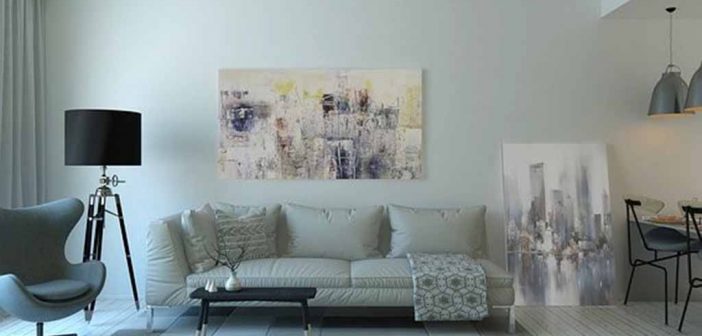Designing your home can be an exciting endeavor, but if done thoughtlessly it can also cause you major headaches. That’s why it’s important to plan ahead and consider all of the details before making decisions such as floor plans, furniture selection, and paint palettes. From the layout and style to the colors and materials, there are countless decisions to make. Your design choices impact the functionality, aesthetics, and overall feel of your living space. In this post, we’ll explore key factors to help you create a beautiful and functional home.
1. Consider Your Purpose and Lifestyle
Before beginning the design process, have a clear understanding of the purpose of your home. Consider how you will use the space. Evaluate your lifestyle needs as they will inform many of the design decisions. For example, if you entertain often, you should prioritize open floor plans and areas for guests to gather. If you work from home, you need a home office. An avid cook should prioritize a spacious kitchen with high-end appliances.
2. Space and Layout
The layout of your home determines its flow and functionality. It would be best to consider how you want to use every room. Consider your lifestyle and your family’s needs. This helps you decide the appropriate number of bedrooms, bathrooms, and living areas. It also helps you determine the appropriate placement. Additionally, you must consider your outdoor space when designing the layout. This includes your patio and backyard.
3. Accessibility
Accessibility is just as important as aesthetic appeal. Ensure your home is accessible to people with disabilities or mobility problems. Accessibility is crucial if you live with older adults or people with disabilities. You should incorporate a ramp, wider doorways, and a ground-floor bedroom. An accessible home is comfortable for everyone. Take into account the Ontario building code for windows and doors when choosing accessible doors and windows. Work with a reputable installation company for the best results.
4. Ventilation and Lighting
Consider how sunlight enters each room throughout the day. Find a design that helps you maximize sunlight for a bright and welcoming atmosphere. You can achieve this by incorporating large windows, skylights, and glass doors.
Proper ventilation helps maintain a healthy indoor environment. It can prevent the build-up of pollutants and excess moisture, creating a more comfortable and healthy living space. Lighting is a crucial element in home design as it affects the mood of any room. Make sunlight your main source of lighting. Artificial lighting should complement your natural lighting. Natural lighting improves focus. It can reduce stress and anxiety. You may need ceiling lights, floor lamps, or table lamps depending on the mood you wish to create. Play around with a few lighting fixtures for mood balance.
5. Materials and Finishes
Choosing the right materials and finishes for your home is essential. The best materials and finishes are durable. They are easy to maintain and fit your aesthetic preferences. For example, get durable and stain-resistant flooring if you have children or pets. Hardwood and tile are excellent options. Similarly, if you prefer a natural look, consider using wood or stone accents in your home’s design.
6. Storage
Storage is often overlooked when designing a home. However, you need it to ensure that you have enough storage space. It keeps your home organized and clutter-free. Consider adding built-in shelving or cabinets in crucial areas. They are perfect for most rooms in your home. You can also incorporate storage solutions into your home’s design. The best options include window seats with built-in storage or beds with under-bed storage.
Designing a home is a complex process. It calls for careful consideration and planning. The above factors can help you create a functional, comfortable, and aesthetically pleasing home for you and your family.



